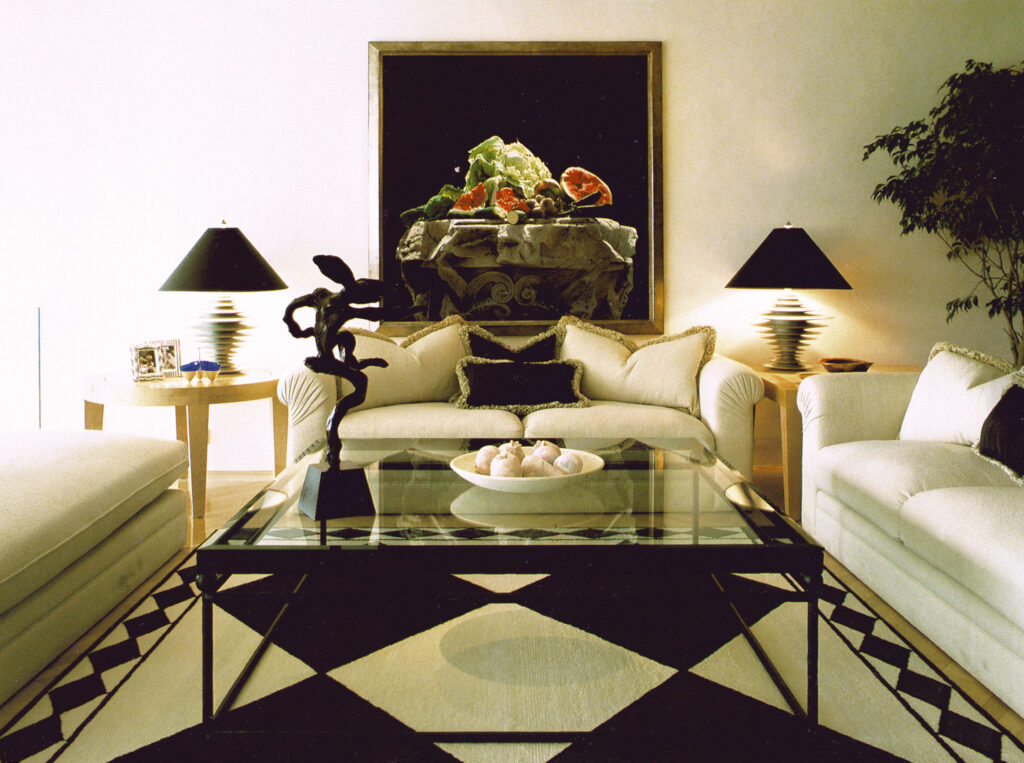
Top tips for lighting your home
Good lighting will make a huge difference to your home and is well worth investing your time and money in. If you are building or renovating, ensure that you start planning the lighting early on. Allow for it in your budget too, because cheap lighting can really ruin an otherwise fine build.
Start with a plan
The best place to start is with a floor plan which includes a furniture layout. Draw up a brief for the lighting in each space. Consider both functionality and the atmosphere you want to create. What time(s) of day will the room be used? Remember that you can easily move furniture around. However moving a light fitting or power point could involve more trades than just an electrician!
Once you have have your lighting brief, you can start to consider the three layers of light – ambient, task and accent – available to achieve it. You will of course be taking in to account the light entering your home during the daytime. There can be quite a lot of background light at night, too. Making architectural changes by adding and subtracting windows, or installing a skylight, needs to be weighed up against the possibility of introducing more light artificially.
Ambient lighting
Ambient light provides the general level of light in the room. Artificial light may supplement natural light during the daytime, but needs to be adequate for overcast days and night-time.
Often you will find a very dull, functional approach to ambient lighting. Typically each room has a central ceiling-mounted light. In more modern homes recessed down lights are popular. Using down lights on their own for ambient lighting can result in an over lit, sterile environment. Light when it is just coming from one direction can very unflattering, creating unwanted shadows and a bland atmosphere.
A more sophisticated approach will use indirect light sources. Consider up-lighters that cast light off the ceilings, down lights that are angled to bounce light off the walls, or strip lights recessed into cabinetry. Depending on their form, pendant lights or chandeliers can cast light in multiple directions as well as make a design statement.
Other possible sources of ambient light include candles, firelight, standard and table lamps. These are probably my favourite things to use, especially in living and dining spaces, because they add atmosphere and character. The soft, warm glow of a fire or candlelight has great appeal perhaps because for most of our human history that was our only source of light.
Note that ambient light levels need to be higher where there is a safety issue such as a staircase or a hallway. If in doubt, consult an expert who can do the necessary calculations to make sure you will have the right light level for ergonomic purposes.
Task lighting
Essential where you will be working, cooking, putting on make-up or reading, task lighting has to be directional and sufficiently bright. Consider when you are planning your electrical plan so you have the wiring in place and adequate power points. When the task involves using or watching screens you will not want to have light reflecting off the screen. If you have good task lighting, you may like to dial back the ambient lighting using dimmers.
Accent lighting
Accent lighting is not strictly necessary but adds interest and highlights things of note. For highlighting fine artworks, wall mounted picture lights are a particular favourite of mine – you need to commit to a location though so you can have them hardwired in to avoid dangling cables.
Directional downlights and spotlights work well for accent lighting. So if they are all you can afford, consider using them to accent a plant, a favourite architectural feature, a textured wall or bookshelves and you will get some benefit from ambient lighting at the same time.
Final thoughts
In all of the above, you will also need to consider the colour temperature of the bulbs you will be using. Cool / warm / daylight colours all have their place, but may not play well against each other used in the same space.
Some more considerations: reflective surfaces especially mirrors will multiply the light source(s). You will need to compensate for dark colour schemes which will absorb more light. Dimmer switches are worth the expense for the flexibility they add. Avoid over-complicating your switching plans (think hotel rooms where you need a manual to figure out what to do).
There are always trade-offs when you are renovating / building but lighting is worthy of attention and will set your home apart if you get it right. Please get in touch if you would like to discuss further,

